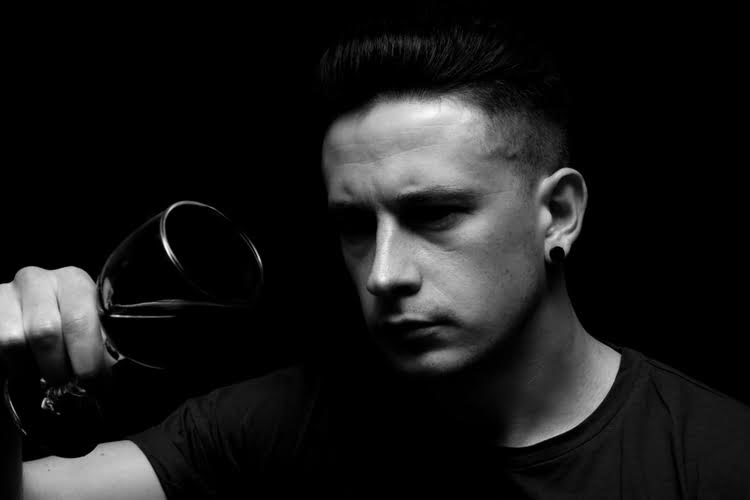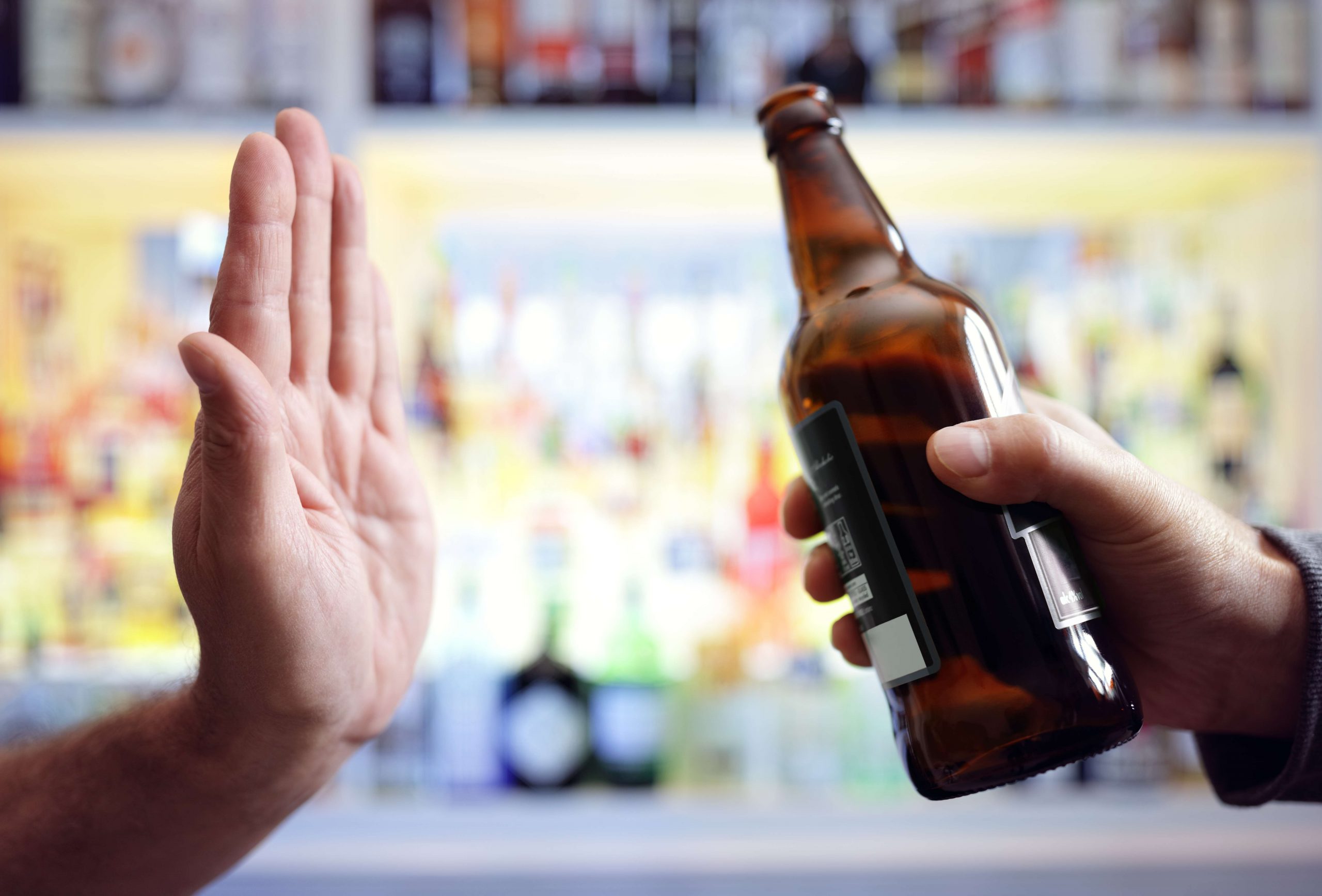Content
That means that they cannot get the type of help they really need. Even when the doctor does offer assistance, they are usually non-compliant. Once a person has reached the Crucial Phase, they have been drinking regularly and heavily, but it isn’t always obvious. Up until they reach this point, they can generally stop drinking at any time they choose.
In 2007, researchers Howard B. Moss, Chiung M. Chen and Hsiao-ye Yi published an article in Drug and Alcohol Dependence suggesting that there are five types of alcoholics . Each type has different characteristics and responds to some forms of treatments better than to others. How clinical and medical professionals define alcohol use disorder. Verywell Mind articles are reviewed by board-certified physicians and mental healthcare professionals. Medical Reviewers confirm the content is thorough and accurate, reflecting the latest evidence-based research.
Nearly the same size as the last type, this group represents 19% of US alcoholics. The incidence of mental health disorders is much more common within this type.
Type 4: Intermediate Familial Subtype Alcoholic
They tend to drink alcohol every other day, an average of 181 days per year, and they consume five or more drinks on 54% of those days. This group has one of the lowest education levels of any subtype and also has the lowest employment rate. This group drinks more frequently than any other, although their total alcohol intake is less than the young antisocial subtype. Two-thirds of this subtype have sought help for their alcoholism at some point, making them by far the most likely to have done so. They often seek help at self-help groups, rehabilitation programs, and detox programs. They have the highest rate of seeking treatment at an inpatient program and also seek out help from private physicians, psychiatrists, and social workers at high rates.
Different types of alcoholics will suffer for different reasons. Some groups may not even realize that their drinking is a problem. But no matter your age, status, family, or subtype, alcoholism can create long-term problems that damage your health and relationships. Approximatelyhalfmeet the criteria for a clinical diagnosis of depression, while aroundone-fifthstruggle with a bipolar disorder. Most intermediate familial alcoholics smoke cigarettes, and about20%have abused cocaine or marijuana. Most Chronic Severe alcoholics are middle-aged and have a personal history with an early onset of problem drinking. 80% of individuals within this subtype have a family history of multi-generational alcoholism.
What Is The Kindling Effect For People Addicted To Alcohol?
They love the sense of community they get to experience within their group. It feels safe to them to consume alcohol in such a large group of their peers. Their drinking group serves as their social network, and it helps them find meaning in their Alcohol detoxification lives. It’s not always easy to understand the different types of alcoholism. If you’re thinking about your own drinking patterns, you may wonder where you fall. This may be why the Department of Health in England has made different categories.
The 5 Types Of Alcoholics – Addiction Center
The 5 Types Of Alcoholics.
Posted: Tue, 26 Oct 2021 07:00:00 GMT [source]
In short, alcohol addiction and the course of the disease depends on a large variety of factors. When the average person thinks of alcoholism, they may assume that all alcoholics are the same. However, the National Institute on Alcohol Abuse and Alcoholism has determined that there are five distinct subtypes of alcoholics, based on their research. Knowing the different categories can help you to identify signs of alcoholism in yourself and your loved ones. Alcohol is often implicated in exacerbating aggression, and the National Council on Alcoholism and Drug Dependence publishes that 40 percent of all violent crimes cite alcohol as a contributing factor. Chronic severe alcoholics suffer from psychiatric disorders more often than other subtypes of alcoholics, including bipolar disorder, depression, and anxiety disorders. Co-occurring disorders are optimally treated with an integrated program that can help to manage both disorders at the same time.
Functional alcoholics are often working adults who, despite having a serious drinking problem, maintain the appearance of being well-adjusted. The age group that makes up this subtype is at a time in life when many people in the United States are attending college.
Here Are The Four Types Of Drunks, According To Science
Chronic severe alcoholics suffer from the highest rates of mental/psychiatric disorders, including Antisocial Personality Disorder , depression, anxiety, and bipolar disorder. Among the alcoholic types, they also have the highest divorce rate. A functional alcoholic individual’s capacity to think changes immediately after drinking, so whether he’s participating in drinking significantly alters how he conducts himself on a day-to-day basis. It is most common in those who have consumed alcohol to such a degree that their bodies cannot normally work due to the stimulant.

Talk to your doctor if you think you might have a drinking problem. Calcium carbimide works in the same way as disulfiram; it has an advantage in that the occasional adverse effects of disulfiram, hepatotoxicity and drowsiness, do not occur with calcium carbimide. Several other drugs are also used and many are under investigation. A man drinking from a bottle of liquor while sitting on a boardwalk, ca.
Holistic Recovery Programs
Alcohol’s primary effect is the increase in stimulation of the GABAA receptor, promoting central nervous system depression. With repeated heavy consumption of alcohol, these receptors are desensitized and reduced in number, resulting in tolerance and physical dependence. When alcohol consumption is stopped too abruptly, the person’s nervous system suffers from uncontrolled synapse firing.
For example, binge drinking is considered unhealthy drinking, which is especially common among young people. Understanding the types of alcoholics first relies on having an understanding of alcohol use disorder . While research has depicted seven types of alcoholics, we will discuss five types of alcoholics based on what we know about addiction at this time. Type B alcoholism is 5 types of alcoholics much more severe than Type A. These individuals usually become alcoholics earlier on in their lives. Many of them may turn to alcohol during their young adult years, or even sooner. Surrendering – If an alcoholic is going to get help, this is the time when they usually do. They must realize that they have a disease, and any ideas of ever drinking again must be tossed aside.
There are emoji for 7 different types of alcoholic beverages, including 🍺, 🍻, 🍷, 🍶, 🍾, 🍸, and even🍹. the liver metabolizes this alcohol. Everyone has a liver.
— Shuhan He (@ShuhanHeMD) December 6, 2021
Still, this group is not considered to have the disease of alcoholism. Chronic severe alcoholics have the highest rate of family members who also experience alcohol dependence at 77%.
Social Barriers
Identifying problems with alcohol early can help prevent dependence and addiction. Medical treatment may be necessary to detoxify the body of alcohol and to obtain a fresh start. Since many people with alcoholism endure psychological problems, individual or group therapy may help in overcoming addiction. A follow-up study, using the same subjects that were judged to be in remission in 2001–2002, examined the rates of return to problem drinking in 2004–2005. The study found abstinence from alcohol was the most stable form of remission for recovering alcoholics.

Unlike “Young Adults”, however, over a third of these seek professional help. Alpha – The person is psychologically dependent upon alcohol to relieve emotional and/or physical pain. Learn how meditation, yoga, and other therapies can support your primary treatment. “Lexicon of alcohol and drug terms published by the World Health Organization”.
Learn More About Treating Addiction
Patient care and engagement are always top notch, and I know that I can always trust that the patient and their families will be in the best position to recover. Solid clinically, and more importantly these are good and genuinely caring people. I cannot recommend JourneyPure at the River enough for those struggling with addiction.

Intermediate familial types are like the young anti-social group because many of them suffer from depression or personality disorders. About 25% of intermediate familial subtype alcoholics will reach out to ask for help when it comes to their alcoholic drinking problem. Close to 80 percent of chronic severe alcoholics have a genetic and familial link to alcoholism, meaning that a close family member also suffered, or suffers, from alcoholism. Chronic severe alcoholics abuse other drugs at higher rates than the other subtypes of alcoholics as well.
Health Check Tools
These characteristics play a role in decreasing the ability to stop drinking of an individual with an alcohol use disorder. Alcoholism can have adverse effects on mental health, contributing to psychiatric disorders and increasing the risk of suicide. Alcoholism is a disease that often co-occurs with mental illness. More than 50 percent of young antisocial alcoholics have a psychiatric diagnosis of antisocial personality disorder, a mental condition characterized by antagonism and a callous disregard of others and the law. Many also suffer from other mental illnesses, including major depression, bipolar disorder, social phobias and obsessive-compulsive personality disorder.
- By the time their condition is considered chronic and severe, they are middle-aged.
- In addition, we can often refer you to facilities that charge on a sliding fee scale or accept Medicare or Medicaid.
- In fact, a functional alcoholic will often be middle-aged, professional, educated, married with a family, and keep up appearances as having their lives in order.
- But there are some definite patterns in their behaviors that cannot be denied.
This type takes up 19% of alcoholics in the U.S. and are often middle-aged, working adults with long-term relationships. They may have children, they’re often well educated and their incomes are higher than any other type of alcoholic. During the day, they hold their life together and may even seem happy. The study said that the average age of alcoholics within the young adult type is 24, and they started drinking on average around 20. The study also found that 22% of the young adult alcoholism type interviewed had family members that were also alcoholics. While not everyone who binge drinks or drinks heavily on occasion will develop an alcohol use disorder, this type of risky drinking behavior does increase your risk of harmful consequences, including an AUD. Here’s a look at some common risky drinking habits and how they can turn harmful.

Alcohol is the most commonly abused drug in the United States, yet drinking problems often fly under the radar due to stigma and lack of understanding of the illness. People within this subgroup are the most likely of all alcoholics to be employed, with nearly 70 percent employed full-time. HIPAA Compliancy Group offers the HIPAA Seal of Compliance to healthcare providers that meet exceptional quality care standards in the behavioral health industry. By partnering with the Compliancy Group, we are demonstrating both our commitment to high-quality behavioral healthcare, as well as the importance we place on our patients’ privacy and personal health information. Experiencing withdrawal symptoms if one should attempt to cut back on or stop drinking.





